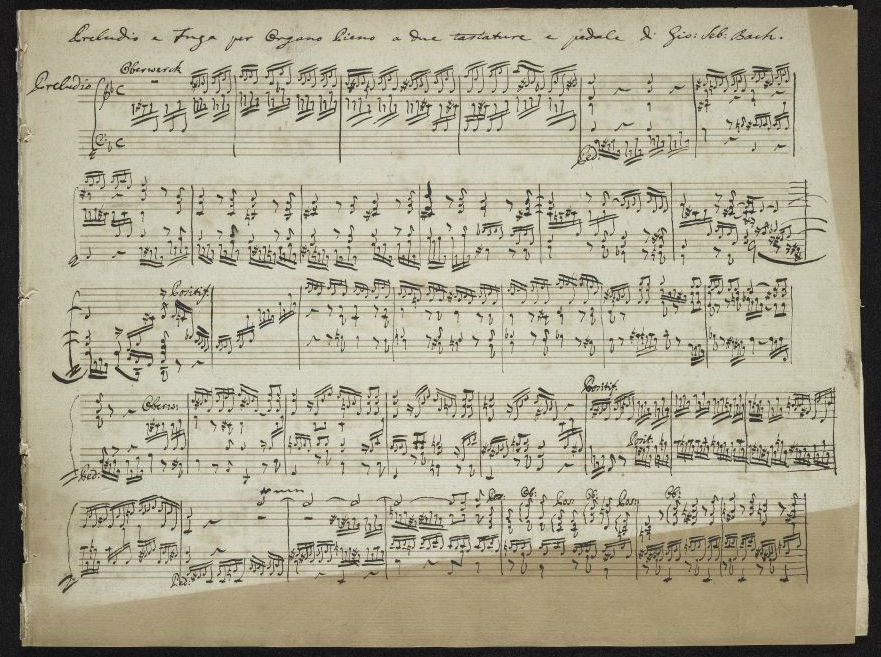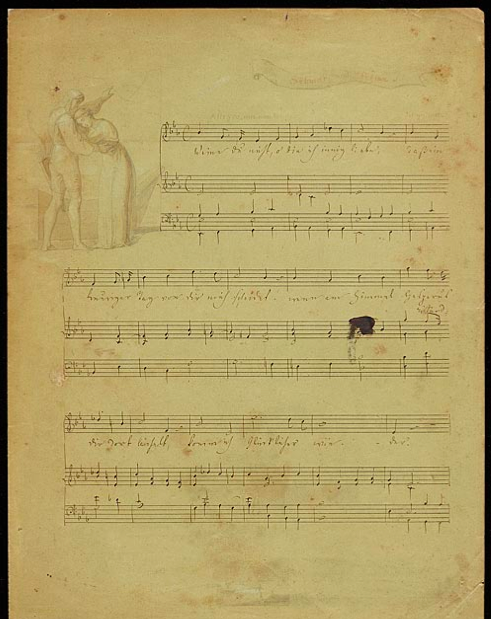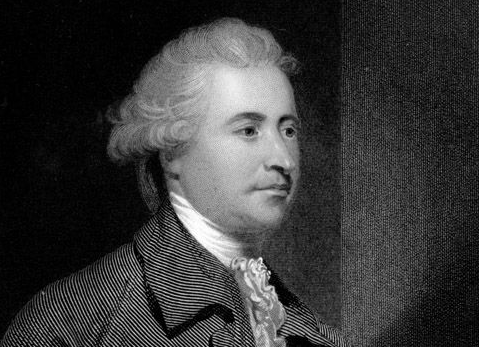As the title suggests and the lyrics confirm, Marvin Gaye’s 1982 R&B hit “Sexual Healing” had but one thing on its mind.
The Hot 8 Brass Band, above, brings an added dimension to this—forgive me—seminal song, transforming it into something joyous and life affirming.
They deserve it. In their 20-year career, the band has weathered a staggering array of hardships. Several members have died unexpectedly and way too soon, including 17-year-old trumpet player, Jacob Johnson, executed during a home invasion, and a 22-year-old trombonist, Joseph Williams, who was shot by the New Orleans police officers who stopped him en route to play a church funeral. Another band member lost both of his legs in a horrific accident. The group was displaced by Hurricane Katrina, which damaged their homes, killed one member’s grandmother and brought a halt to paying gigs.
Brass has healing powers too, to a degree that became apparent when the band returned to New Orleans, playing free, spur-of-the-moment shows for Katrina evacuees still stewing in shelters around the city. The media took note, setting off a chain reaction that led to an appearance in Spike Lee’s documentary, When The Levees Broke. Their UK record label, Tru Thoughts, signed them on the strength of their “Sexual Healing” cover.
As Bennie Pete, Hot 8’s band leader and tuba player, told Esquire:
When reality strikes like that you can’t really do nothin’ but be stronger. We got stronger from it. We leaned on each other. The music has been there to help us. You have to rise to the occasion. And then you keep answering questions, being interviewed about it. You gotta keep reliving it. But on the other side, you understand that people who aren’t from New Orleans wanna know what we’re going through, they’re concerned. So it’s our duty, part of our job to be able to suck it up and deal with it, and spread it to the world. It hurts you on the inside to keep on reliving these situations but you owe it to your mates, to get their life stories out there as far as you can.
I experienced some queasiness midway through the video, when the band leaves their sparsely populated outdoor rehearsal area for a more public thoroughfare. I saw plenty of enthusiasm among the gathered crowd, but no black faces outside of the band’s.
Uh…
A little research reveals that the video was shot not in New Orleans (where I have never been), but while the band’s 20th Anniversary tour paused in Brighton (England) where Tru Thoughts is based.
Not wanting to be guilty I checked the census records. In 2011, Brighton was 94.3% white, with the Black and Black British community constituting just 0.8% of the non-white population. And while geographically, it’s not exactly the opposite end of the earth from New Orleans, it is far enough that Pete can claim the video as a metaphor for how far the band has come:
It is a great moment captured, and it also shows as a band we are determined to live out our dreams and fortunate enough to be able to share them with the world; a lot of brass bands, and other musicians for that matter, for some reason or another do not get the opportunity to do so.… And the ultimate to top it off is to be travelling internationally while doing it, you know, being a few black kids from a little town down south in New Orleans, to go from practising our music in a local park to travelling abroad playing sold out shows is a beautiful thing to say the least.
To round off the anniversary celebration, Tru Thoughts recently released an album of “Sexual Healing” Hot 8 remixes. It’s a lovely idea, this tribute, but for me, Hot 8’s position is secure. So for that matter Gaye’s (whose original video is below).
Spotify users can listen to the “Sexual Healing Remixes” for free here.
Related Content:
Marvin Gaye’s Classic Vocals on ‘I Heard it Through the Grapevine’: The A Cappella Version
Guns N’ Roses “Sweet Child O’ Mine” Retooled as 1920s New Orleans Jazz
Miles Davis Covers Michael Jackson’s “Human Nature” (1983)
Ayun Halliday is an author, illustrator, and Chief Primatologist of the East Village Inky zine. Follow her @AyunHalliday










